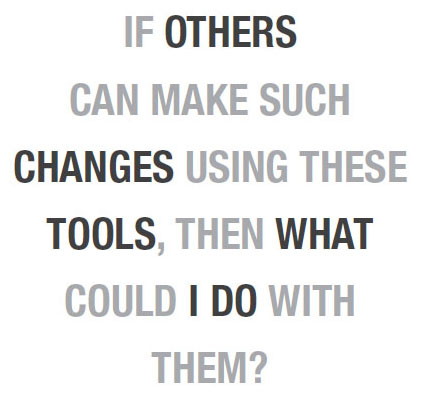
Multiple Sclerosis (MS) is a chronic condition that affects the central nervous system. The actual cause of MS is relatively unknown. Symptoms vary, and not everyone with MS will suffer from all symptoms.
Some of the most common are:
There are three ‘types’ of MS – Relapsing Remitting MS, Secondary Progressive MS and Primary Progressive MS.
Rather excitingly, we have seen a number of people with all three different types of MS reporting impressive results when using the Lightning Process.
There are some interesting factors in the natural history of the MS illness which first made me consider it as an issue that might respond well to the Lightning Process:
With these thoughts in mind, we began to work with people with MS to see what kind of results could be achieved. In recent months (in 2012), we have been asked to take part in a ‘Proof of Concepts’ study in conjunction with the MSRC (Multiple Sclerosis Resource Centre). Their comments on the findings of the study were as follows:
This Proof of Concept study, although being in a small number of subjects, produced some very encouraging and worthwhile results over a six-month period following participation in the Lightning Process. They indicate that the Lightning Process provides measurable benefits to those with MS, and suggest that a further larger randomized study would be beneficial to investigate the role the Lightning Process plays in the wellbeing and quality of life of MS patients. MSRC, September 2011
What follows are the personal stories of some of the participants who have used the Lightning Process for their MS.
This report was sent in from a 61-year-old lady who was diagnosed with progressive MS seven years before she took the Lightning Process, although she had been having symptoms for about six years prior. Her symptoms included fatigue and muscle weakness, along with bladder and bowel problems. She was limited to walking about 90 metres without a cane, and was unable to stand unaided, or walk on gravel or up/down slopes.
After the first day, she found she was able to walk 180 metres, and by day two could walk unaided for 30 minutes, and was noticing improvement in her bladder control
A week later she reported she had walked 550 metres to the postbox, up a slope and over gravel for the first time in four years. She stated that she had walked and stood still chatting to friends for one hour, that she had played 27 holes of golf (using a buggy between holes) and walked along the seafront.
Four weeks later, she reported that she had done a 2.5km (1½ mile) walk unaided.
Just 16 months later, she reports that she has no MS symptoms for 99.9 per cent of the time, and if she feels her feet are a little stiff, she uses the Lightning Process to get improvements. She reports that she can walk a full round of golf anytime she wants to, on consecutive days if desired; go out and socialize; travel on long-haul flights; help others who are in need; and still have good energy and the ability to live life to the full with friends and family.

This report was sent in by a 61-year-old man who was diagnosed with progressive MS about five years before taking the Lightning Process, although he reported that his symptoms started 15 years prior.
His symptoms included being unable to stand or weight bear for the past five years, combined with muscle pain, weakness and loss of sensation in his legs, some loss of bladder control, intermittent ‘nerve pain and a pulling sensation’, and some problems with his vision.
After day one, he reported that he was able to walk 90 metres with crutches, which was much further than before.
By day three, he reported that his muscle pain and weakness were mostly gone, and that he was able to weight bear with minimal support.
A week later, he had clipped his hedge, been out socializing, and was walking further distances without a stick; he had even showered himself for the first time in years. He also reported that his bladder control was normal and that his vision had improved slightly.
Three months later, he reported he was able to bend, balance, and play bowls, including walking the distances between ends, up to 24 times. He could also do six squats each morning, and the nerve pain and pulling sensation had completely gone.
Four months later, he stated that he could carry logs into the house using both hands, without a stick, over rough ground for 180 metres.
At six months he stated that his legs were stronger, and that he could lift them higher and quicker. He reported that his symptoms had generally held or improved slightly again.
If something in these stories reminds you of your issues, then you should ask yourself, ‘If others have made these changes, then why not me?’ What do you need to let go of in terms of:
Write down your reflections.
The next chapter deals with chronic pain, a very common issue which can be found as a component of many other illnesses, along with its close cousin, tinnitus.